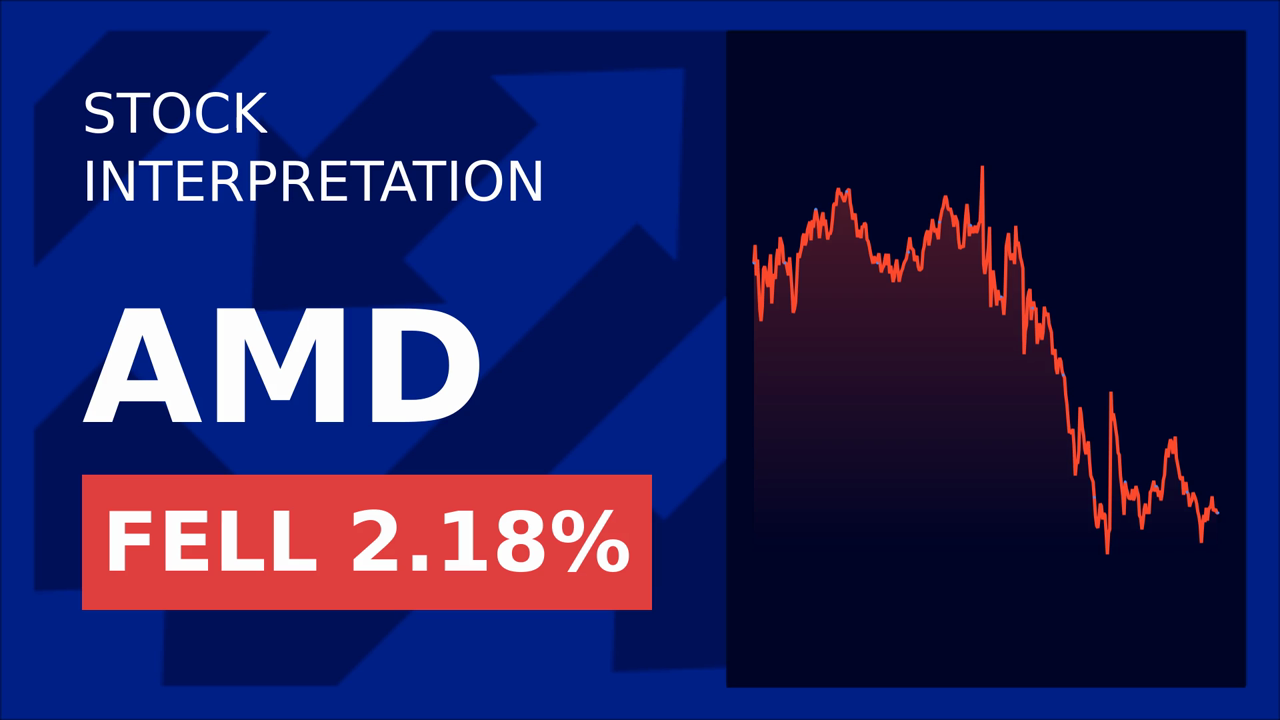AMD Stock Tumbles 24% Amid Downgrade and Industry Challenges
Advanced Micro Devices (AMD) recently experienced a notable decline in stock performance, dropping 6.49% on April 8, which marked four consecutive days of losses totaling a decrease of 24.04%. The stock's lowest price during this period reached a nadir not seen since February 2023.
On April 8, Keybanc downgraded its rating on AMD from 'overweight' to 'sector weight', signaling a more cautious stance toward the company amid market volatility. The downgrade reflects growing concerns over AMD's ability to maintain its competitive edge in the rapidly evolving semiconductor landscape.
Earlier this year, AMD released its 2024 annual report, highlighting revenues of $25.785 billion and a net profit of $1.641 billion. The company's earnings per share stood at $1.01, showcasing financial stability amidst fluctuating market dynamics.
AMD, established in 1969, is a key player in the global semiconductor industry, producing x86 microprocessors for various markets, embedded microprocessors, and a range of video graphics and multimedia products. Their offerings are utilized across desktop, notebook, professional workstations, and server applications worldwide.
The recent decline in AMD's stock price raises questions about the underlying challenges confronting the semiconductor industry. Intensifying competition from rivals like Taiwan Semiconductor Manufacturing Company (TSMC) could be a contributing factor. TSMC's recent investments to ramp up production in advanced packaging may be putting pressure on AMD by increasing competition for market share, especially in high-demand areas like AI and high-speed computing.
The prospect of economic uncertainty globally is also weighing down investor confidence in tech stocks like AMD. Technology sectors are closely tied to overall economic health, and negative economic indicators might deter investments in this space. Alongside this, geopolitical tensions could further complicate the semiconductor industry's outlook, contributing to the broader sense of instability affecting AMD's market performance.
For investors, navigating this volatile landscape requires vigilance and strategic planning. Long-term investors might focus on AMD’s potential in technological innovation and market expansion, ensuring their investment aligns with AMD’s strategic objectives. Short-term investors should remain alert to market fluctuations, considering both the risks and opportunities these movements present.
In conclusion, the competitive dynamics of the semiconductor industry are rapidly shifting, making it essential for market participants to keep abreast of strategic moves by companies like AMD and their global competitors. Prudent investment decisions should balance considerations of market trends, company performance, and overarching economic conditions, striving for stability amidst the volatility.


_442a2dcc1749832873286.jpeg)
_e68fac6d1749831664430.jpeg)












